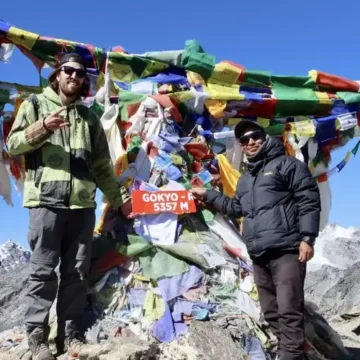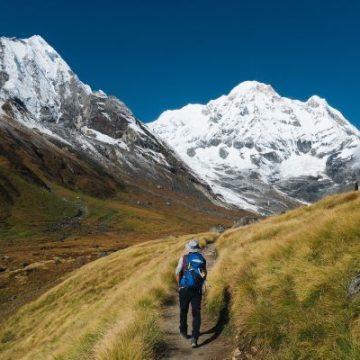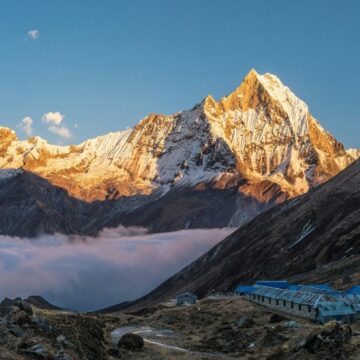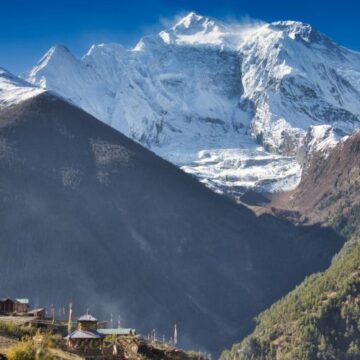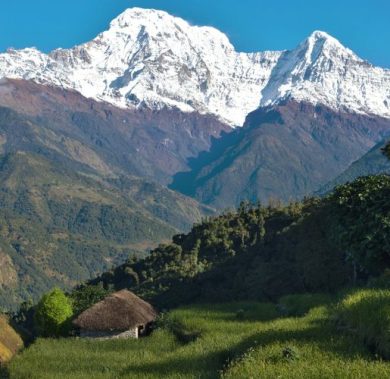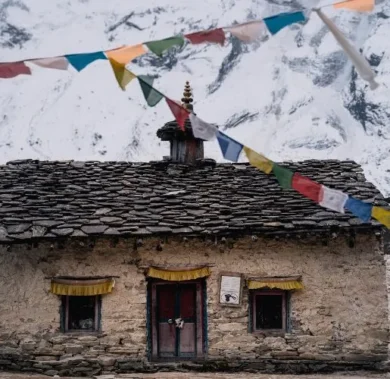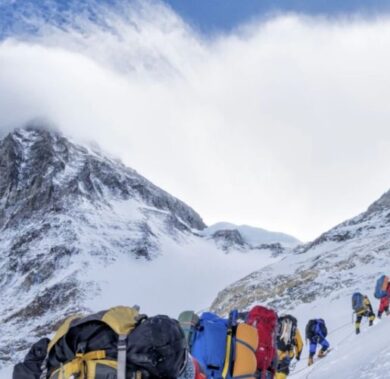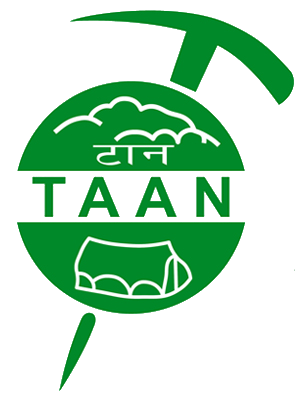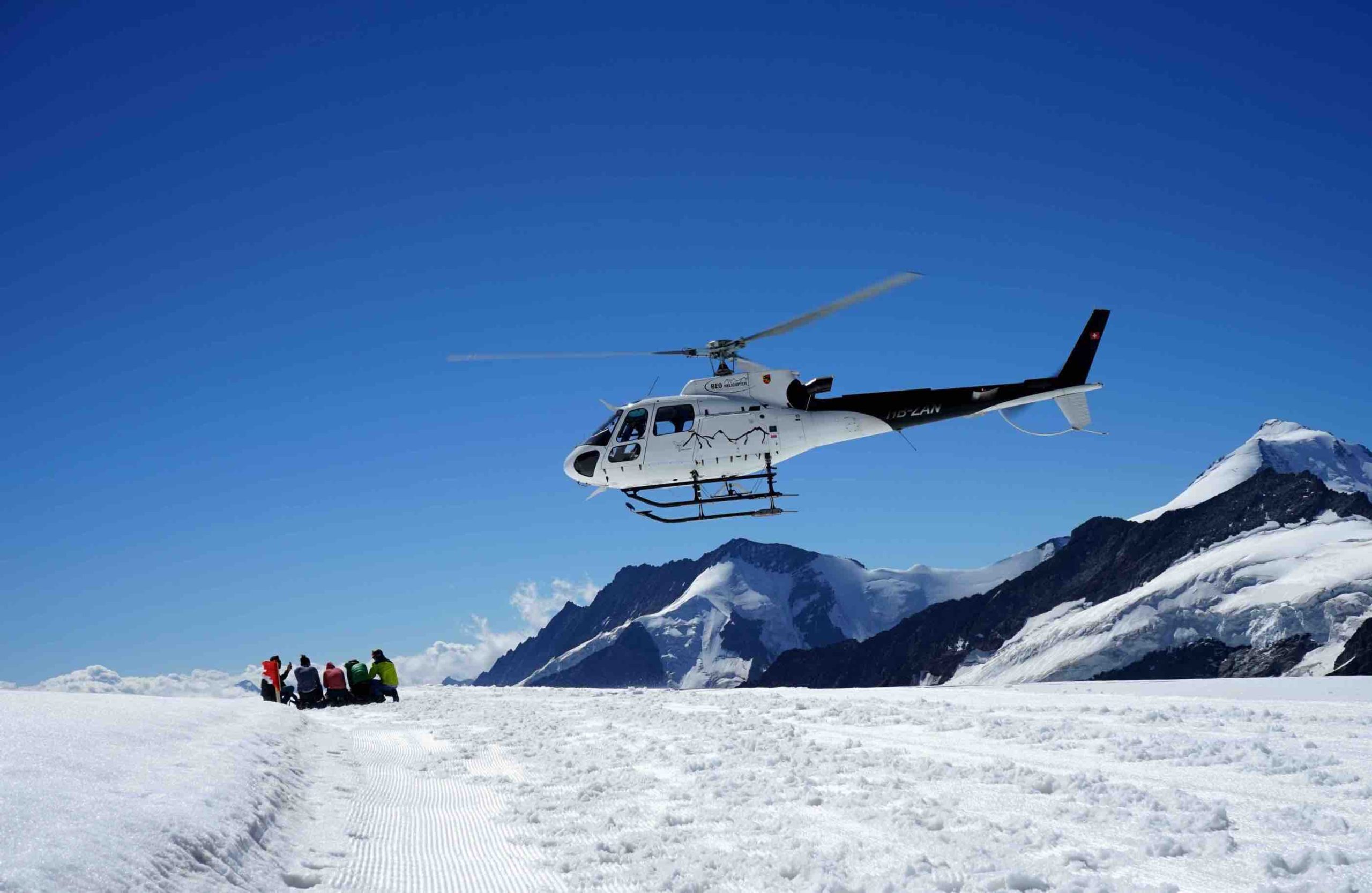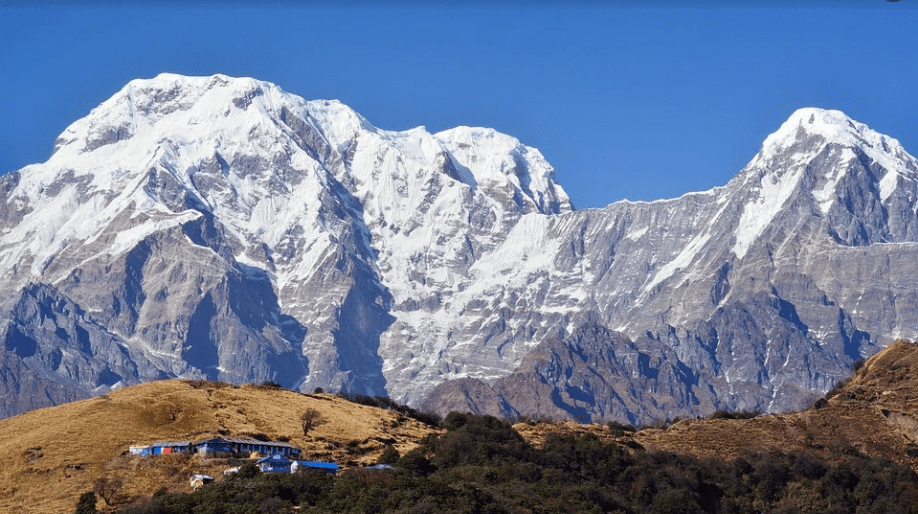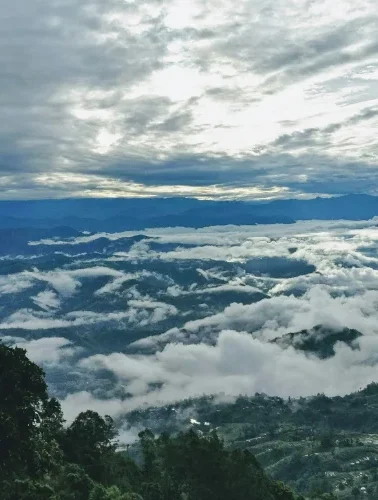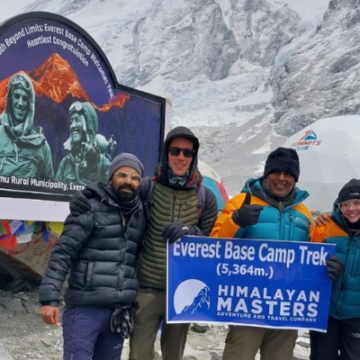
Annapurna Base Camp Trek Permit Cost
Table of Contents
Annapurna Base Camp trek, popularly known as Annapurna Sanctuary trek, is one of the most popular trekking trips in the Annapurna region of the Himalayas. ABC Trek is a golden opportunity for adventurous people who enjoy the beautiful Himalayas. Annapurna Base Camp usually refers to the base camp of the Annapurna South. In this article we will discuss about Annapurna Base Camp Trek Permits.
Here are some interesting facts about Annapurna Base Camp Trek.
- You can cherish the close views of the Annapurna I (8091 m), the tenth-highest mountain in the world.
- The funnel-shaped Annapurna base camp valley offers you 360-degree panoramic views of skyscraping mountains, including Fishtail (6993 m), Annapurna I(8091 m), Annapurna South (7219 m), Gangapurna (7454 m), Hiunchuli(6464 m), Singuchuli(6501 m) and many more.
- Like the Poonhill trek, ABC is also called the ‘teahouse trek’ as the teahouses are the main accommodations of this trek.
- You can also add the short trek to Poonhill, the second most popular viewpoint after Kalapatthar.
- There are more than 30 mountain peaks in around 55 kilometres, famously known as ‘Annapurna Massif’, protected in the Annapurna Conservation Area, the largest protected area in Nepal, occupying 7629 square kilometres.
- Annapurna Conservation Area is home to 474 species of birds, 39 species of reptiles, 22 species of amphibians, and 102 species of mammals. It also contains a rest of animals such as sheep, snow leopards, Himalayan Thar, and red panda fish; one of the world’s highest-elevation lakes also lies in this region.
- You can take a bath in a natural hot spring at Jhinu Danda.
Annapurna Base Camp Trek Permits Details
ABC trek is one of the classic Himalayan treks, offering a perfect blend of scenery, amazing landscapes, and stunning views of snow-capped mountains. This trek is classified as a moderate trek in terms of its difficulty. The availability of teahouses along the trail, the normal hours (5 to 6) of walking each day, the relatively lower altitude trip, etc., make the ABC trek one of the easiest ones.
However, some precautions are essential to succeeding in your trip. The most important is knowledge about symptoms of altitude sickness, climate, and the kinds of clothes you require. The difficulties and challenges of the trek also depend on the route you follow.
The Annapurna Base Camp trek can also be combined with other trekking routes, such as the Mardi Himal trek, the Poonhill trek, and many more. Himalayan Masters is always there to help, suggest, and recommend anything you require.
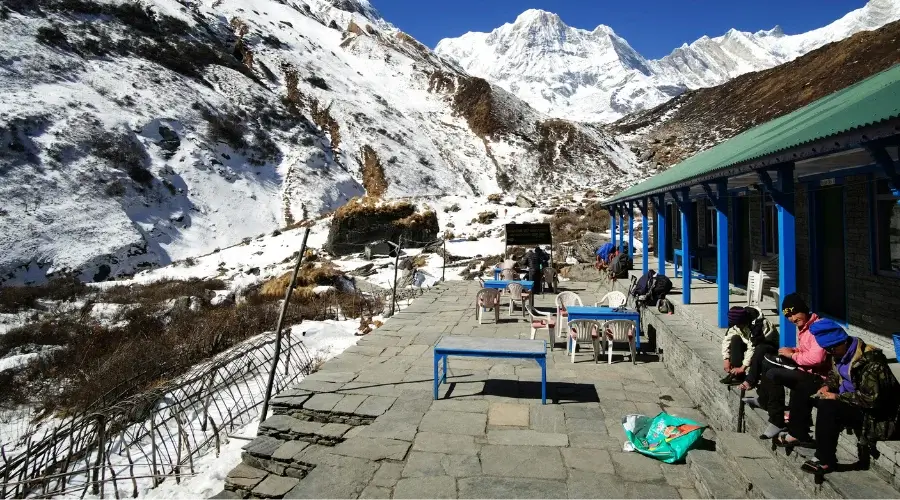
Permits for Annapurna Base Camp Trek
Like the Ghorepani Poonhill trek, the Annapurna Base Camp trek requires two basic permits: the Trekkers Information Management System (TIMS) and the Annapurna Conservation Area Permit (ACAP).
Trekkers Information Management System (TIMS)
TIMS is for the safety of trekkers and visitors. Each trekker registers in the system by entering this card at every checkpoint along the trail. TIMS is the basic permit implemented jointly by the Nepal Tourism Board (NTB) and Trekking Agencies Association of Nepal (TAAN), ensuring the safety and security of every trekker.
Annapurna Conservation Area Permit (ACAP)
The trekkers wishing to trek through us (Himalayan Masters) do not need to worry about the ways to get an ACAP permit because we will get it for you if you send us two copies of your photograph.
The independent trekkers (without guide and porter) are supposed to present with two copies of their photograph physically at the Nepal Tourism Board office in Kathmandu or Pokhara.
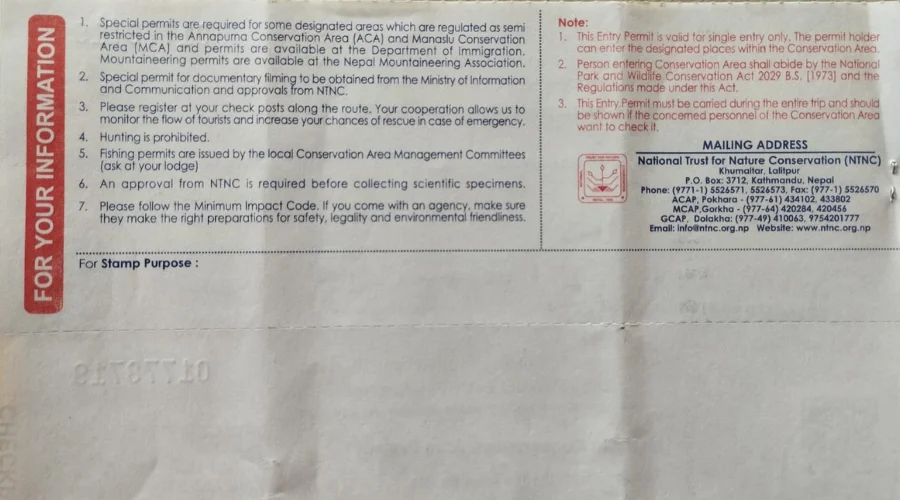
Why Was ACAP Issued?
Annapurna Conservation Area is Nepal’s first and largest protected area. It covers 7629 square kilometres and sheltering thousands of flora and fauna. This conservation area is situated in the Annapurna range of the Himalayas. It extends in elevation from 790 m to 8091 m. It was established in 1985 and gazetted in 1992. With the aim of creating sustainable economic and social development to raise the standard of the locals and conserve the natural beauty of the region.
Since this conservation area contains many Himalayan trekking routes. A large number of trekkers and visitors come to this region every year. Which has become a threat to wildlife, vegetation, the natural environment, and traditional local cultures. Managing the tons of garbage produced by the visitors is especially challenging.
Thus, it is essential to collect a particular amount from its visitors. Just to preserve the natural environment and local traditional cultures, to raise the socio-economic standard of the locals, and finally, to keep this region pollution-free. The National Trust for Nature Conservation manages it.
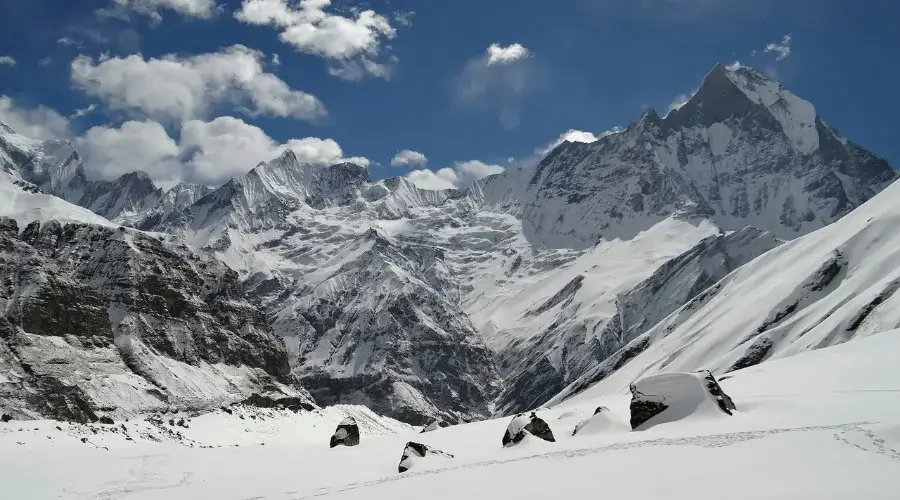
How Much to Pay for Permits for Annapurna Base Camp?
So Many people ask how does the Annapurna Base Camp Trek Permit Cost. We will provide you detailed information on that.
TIMS: Group trekker through any company NPR.1000/- per person
Free Individual Trekker NPR.2000/- per person
SAARC member countries: Group trekker through any company NPR.300/- per person
Free Individual Trekker NPR.600/- per person
ACAP: People out of SAARC NPR. 3000/- per person
SAARC Nationals NPR. 200/- per person
Terms and Conditions for The ACAP
- This permit is for single use, and it is nonrefundable and nontransferable.
- Only the designated areas can be visited within the conservation area.
- Once you enter the Conservation Area, you must follow the rules and regulations of the National Park.
- The respective persons must hold the Annapurna Base Camp Trek permits during the trek and must be present at each checkpoint.
- In very few special cases, the entry permit may be issued from the check posts on the trail with a 100% additional charge.
The Requirements to Apply for the Permits for Annapurna Base Camp Trek
- Nepali Currency to pay
- Recent passport size 4 copies of photograph (2 for each TIMS and ACAP)
- Application form for entry permit
- Two copies of the passport (1 each for TIMS and ACAP)
- Detailed itinerary of your trek
These are the Annapurna trekking permit requirements you need.
Also Read: Complete Guide On Makalu Base Camp Trek
Does a Nepali need Annapurna Base Camp Trek Permit?
No, a Nepali doesn’t require permits for Annapurna base Camp Trek. But they need to register their name at the ACAP office located in Chhomrong en route to Annapurna Base Camp Trek. Whether they are in a group or trekking solo one must register their name at the office. And they should also inform the office after finishing the trek. They should confirm in person that they are returning from the trek at the same office.
Want to know more?
Speak to an Expert





Sandip Dhungana
Nepal 🇳🇵
Whatsapp: +977-9823636377


